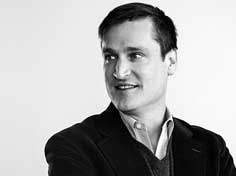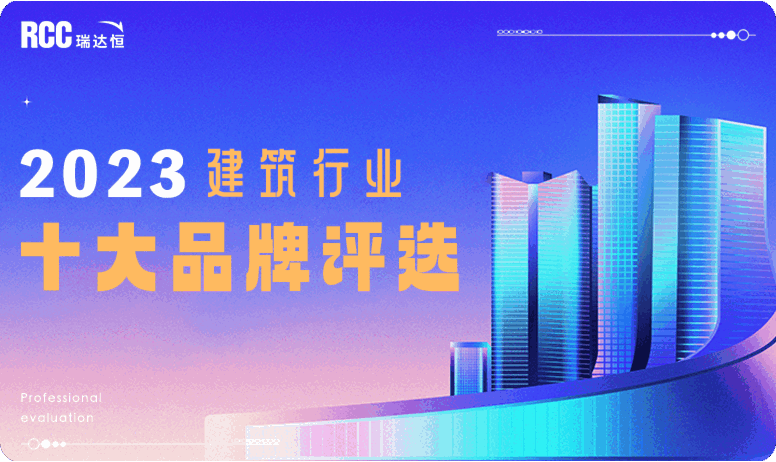Ned Cramer:建筑是一剂“解药”
来源:architect投稿 2017-09-12

Archiect杂志(美国建筑师学会主办)主编Ned Cramer
根据2017年5月盖洛普调查结果,三分之二的美国人对“美国的现状”感到不满。民众观点也不外如此,大众媒体和社交媒体全天候展示“吃到饱”的灾难片,许多应被加上“假新闻”的标签,而多得多的新闻归属于非虚构类的范畴。
如今有种现象,似乎表现出对未来的乐观心态,或者仅因为可能有着光明未来,而有点怀旧情绪,就有被人认为不够诚实、幼稚可笑或彻底疯癫的危险。传统的科技支持者如今得不到认可,至少在不加入嘲讽意味的情况下,如同60年代动画片 《摩登家庭》所示(《史密森尼杂志》所称的20世纪未来主义最重要作品)。那么,如果说建筑师可能通过设计营造更好的生活,这种说法愚蠢吗?
恰恰相反。对于建筑这一职业,所有需要完成的重要工作中,没有什么比它更迫切。
说得更清楚点,我所说的“设计营造更好的生活”,指的并不是形式或风格本身。显而易见,建筑师能够将玻璃、砌块、金属等材料组合成具有美感的结构:特别精于此道的,往往都是明星设计师。然而,再往前发展,在定义成功方面,建筑运行情况应当和建筑外观一样重要,这也是R+D年度奖项的主要目的,即鼓励卓越技术——卓越设计整体伦理中的核心因素。
1896年,路易斯·沙利文受到钢结构产生的灵感启示,创造出“形式服从功能”的著名观点。今天,这位“亲爱的先生”(赖特对沙利文的称呼)可能会被一系列新鲜事迷住,比如预制技术、3D打印、大规模定制、信息处理和云计算分享能力、建筑节水、产能大于耗能、根据外部刺激不断调节自身建筑行为的革命性的能力。
“功能性”,换言之,包含沙利文无法想象的建筑设计、施工、运行在内的一系列能力。这些技术汇总起来,共同推进了建筑的划时代进步,并具有对社会整体的改变潜能。
建筑师必须不断将这些利器付诸实践,努力创建更为可持续的建筑环境。专业标准和文化应当更为关注目标,而因此每个项目可以追求达到比如Living Building Challenge的奖项水准,每家公司准备应对《2030挑战》,每个从业者都有机会获得必要的技能。
同等重要的是,针对建筑发展的可能性,建筑师必须提供流行的说辞。不仅要告诉世界建筑师的重要性,更要向世界展示建筑能达到的效果。这才是里程碑时刻。我们要游说、宣传、改变他人的信仰。我们要用热情和说服力,让人接受智能、高效的生态建筑。只有这样,我们才能指向通向未来的光明之路。
以下是Architecture is an antidote原文(摘自Architect杂志2017年7月刊)
Two out of three Americans are dissatisfied with “the way things are going in the United States,” according to a May 2017 Gallup poll. Popular opinion could scarcely be otherwise, with mass and social media serving a 24-hour, all-you-can-eat buffet of apocalyptic drama, some of which can be legitimately tagged as #fakenews, and far too much of which falls under the category of nonfiction.
Nowadays, it appears, exhibiting optimism about the future, or even nostalgia for a moment in the past when the future seemed bright, is to risk being pigeonholed as disingenuous, naive, or downright crazy. Conventional techno-boosterism, as exemplified by the 1960s cartoon series The Jetsons—“the single most important piece of 20th century futurism,” according to Smithsonian magazine—simply doesn’t fly today, at least not without an injection of irony. Is it foolish, then, for architects to offer the possibility of a better life through design?
On the contrary. Of all the important work that the profession needs to do, nothing may be more urgent.
To be clear, when I refer to a “better life through design,” I don’t mean form or style, per se. It’s axiomatic that architects can assemble glass, masonry, and metal into structures of great beauty: Those who do so especially well are the celebrities of the profession. Moving forward, however, success should be defined as much by how buildings work as by how they look—indeed, that is a central purpose of our annual R+D Awards (see page 106): to encourage technological excellence as an essential factor in the overall ethic of design excellence.
The advent of the steel frame inspired Louis Sullivan to coin the famous dictum “form follows function” back in 1896. Today the lieber meister likely would be spellbound by the efficiencies of prefabrication, 3D printing, and mass customization; by the information-processing and -sharing power of cloud computing; and by the revolutionary capacity for buildings to conserve water, produce more energy than they consume, and generally modulate their behavior in response to external stimuli.
“Function,” in other words, encompasses a set of capabilities for the design, construction, and operation of buildings that Sullivan never could have imagined. All together, these technologies constitute an epochal advance in architecture, with transformative potential for society at large.
The profession must continue to put these new advantages to good use, toward the creation of a more sustainable built environment. Professional standards and culture should evolve to focus intensely upon that goal, so that, for instance, every project can pursue the Living Building Challenge, every firm feels ready to adopt the 2030 Challenge, and every practitioner has the opportunity to obtain the necessary skills.
Just as importantly, the profession needs to craft a popular narrative around the possibilities of this revolution in architecture. Instead of merely telling the world that architects are important, we should show the world what architecture is capable of achieving. This a milestone moment. We must lobby, market, and proselytize. We must sell the smart, efficient, living building with passion and persuasiveness. And in so doing, we will point the way to a better future.
发表评论
最新评论

 投稿
投稿









